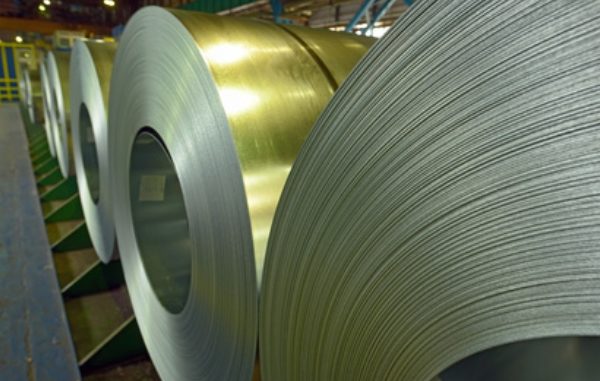
Stainless steel is an iron alloy with chromium content at least 10.5% by weight and maximum carbon content 1.2%. Chromium is the main alloying additive of stainless steel and can amount up to 26% by weight of its composition – in such a case, steel can be used in aggressive environment. Chromium in steel has oxidation blocking properties. The element reacts with oxygen and creates a chromium oxide protective coating on the surface of steel that protects the steel against corrosive factors and make the material maximally resistant to corrosion. The protective coating is called passive. The coating quickly regenerates after scratching and the steel surface recovers its properties and maintains glossy shine. Formation of the passive condition depends mostly on chromium concentration in steel, however resistance to corrosion is increased also by other elements, such as nickel. Because of the anti-oxidizing properties, stainless steel is one of the most popular materials. The passivation phenomenon can also be observed with other metals, such as aluminium and titanium.
The following alloying additives provide better resistance to corrosion and positive impact on other mechanical properties of stainless steel:
– molybdenum – increases overall resistance to corrosion, especially to pit and crevice corrosion,
raises strength properties at high temperatures, increases hardiness of steel and reduces fragility;
– titanium – steel stabilization additive, in welded joints, it reduces the risk of intergranular corrosion;
– niobium – increases resistance to intergranular corrosion;
– silicon – increases resistance to steel oxidation, but also raises material fragility;
– manganese – increases tensile, shock and abrasion resistance, improves strength properties during hot forming processes, is present as a substitute of nickel in austenitic steel,
– nitrogen – increases mechanical properties of austenitic and duplex steel, increases resistance to pit corrosion;
Resistance to corrosion and rust, low maintenance costs, durability, aesthetic appearance make the stainless steel a perfect material for many applications. There are over 150 stainless steel grades, wherein 15 grades are commonly used. The alloy is used for coils, sheets, bars, sleeves, pipes and other elements used in many sectors, among other things: in chemical, power, railway, shipbuilding sectors, in mechanical plants, construction industry (structural elements), automotive and aviation sector.
Stainless steel is completely safe for human health. It does not represent negative impact on food products, potable water, drinks or pharmaceutical products. Thus, it is often used in food industry due to anti-bacterial properties and high resistance to corrosion. Moreover, surfaces of such steel are easy to clean. They may be cleaned with steam and sterilized, they do not need to be painted and coated with a protective coating. That is why the material is used for systems in food processing plants, storage tanks, in which food products are transported, as well as kitchen utensils and everyday use products, e.g. kettles, cutlery. Stainless steel is commonly used as a material for jewellery or watches. It can be processed by any jeweller and it neither oxidises nor blackens. Some automotive factories use stainless steel as a vehicle decor material. Stainless steel can be widely used for production of plastically processed elements.
Stainless steel is one of the most eco-friendly solutions. An important feature of the steel is its recyclability. The material is 100% renewable and can be completely recycled. There is no waste generated during the process, thus the steel is re-used without any harm to the environment, unlike regular steel. Stainless steel elements on the market are made in 60% of recycled materials.
To sum up, these are the main properties of stainless steel: resistance to corrosion, durability, aesthetic appearance, shiny gloss, low costs of product life cycle, high strength to weight ratio, easy processing and cleaning, 100% recyclability, lack of toxicity.
The most important grades of stainless steel: austenitic steel, ferritic steel, martensitic steel, ferritic-austenitic steel (duplex). This is the most common division resulting from crystalline structure of steel.















